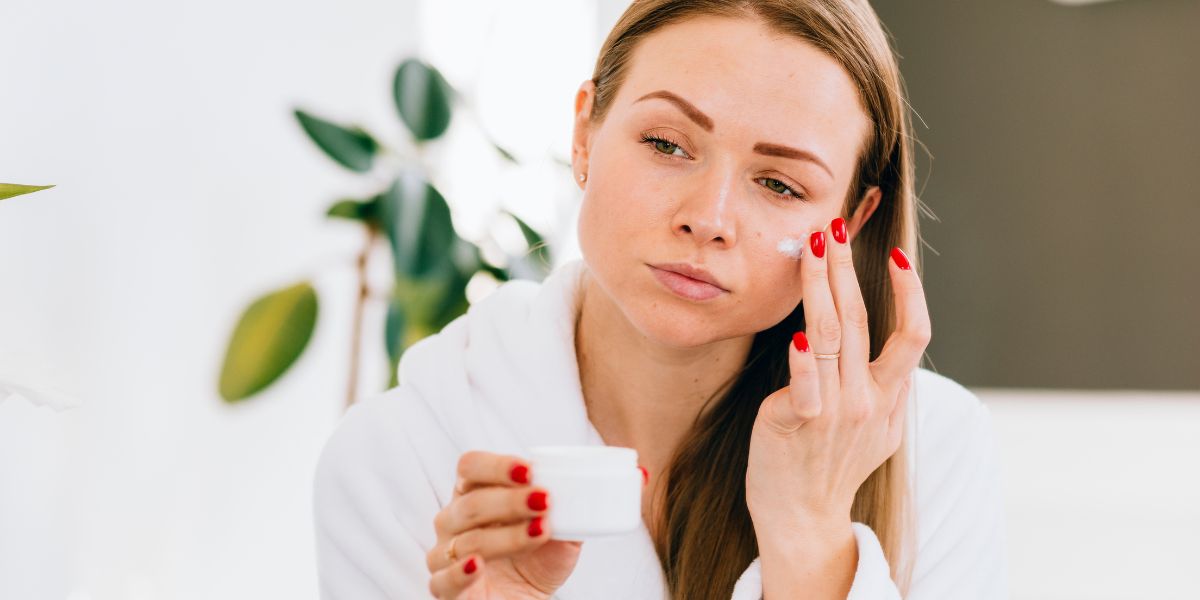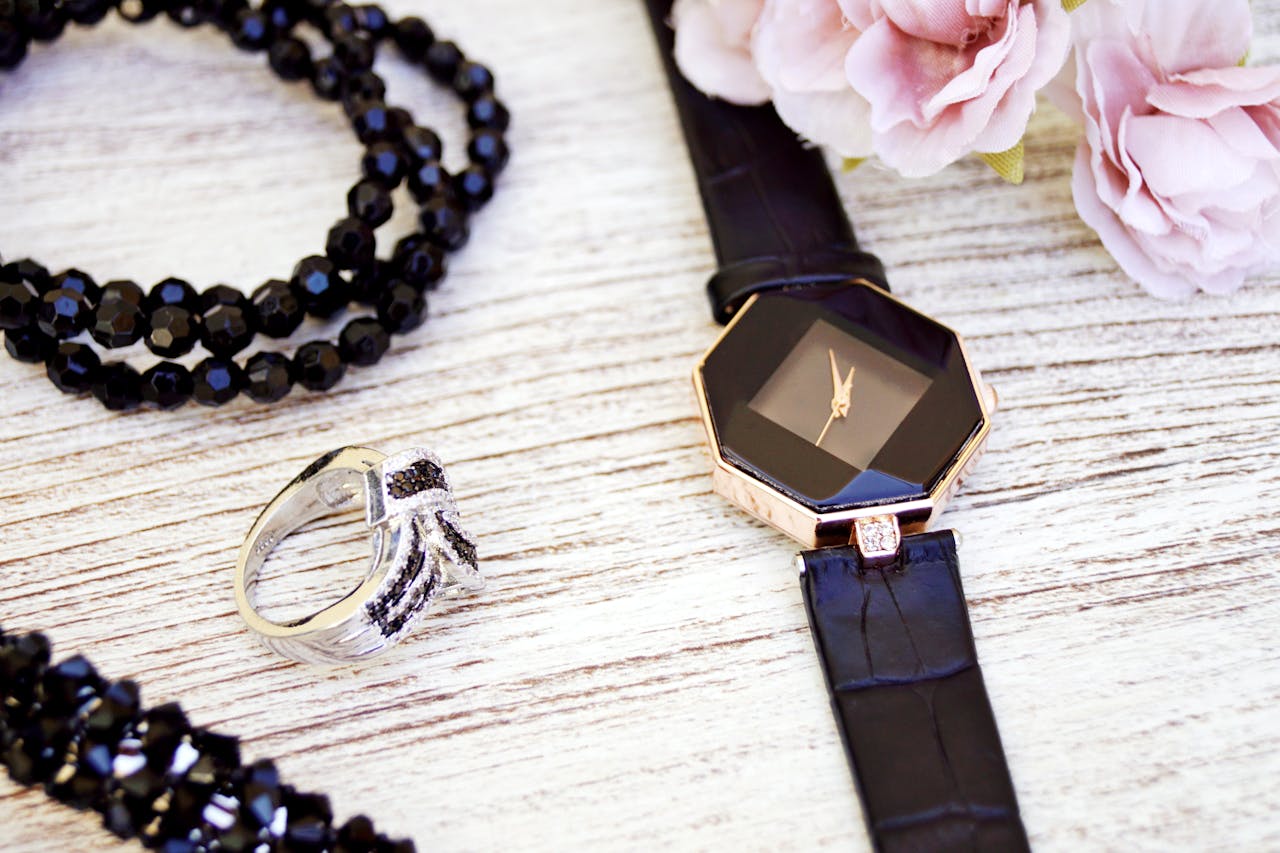Most people agree that one of the best chemicals for skincare is retinol, especially when treating problems like wrinkles, acne, fine lines, and hyperpigmentation. Retinol, a vitamin A derivative, speeds up skin cell turnover, resulting in smoother, brighter skin and younger skin.
Despite its potency, retinol can have several adverse effects, mainly if used carelessly or incorrectly. Redness, inflammation, dryness, peeling, and even sensitivity to sunlight are some of these adverse effects.
Thankfully, most of these adverse effects can be prevented or reduced with the correct strategy, enabling you to enjoy retinol’s full advantages without endangering the health of your skin.
This post will discuss how to safely and successfully add retinol cream to your skincare regimen and how to prevent and manage the most typical adverse effects.
Common Retinol Cream Side Effects
Before talking about ways to prevent and manage retinol cream side effects, it’s critical to comprehend the possible reactions you may experience:
- Skin irritation is the most frequent adverse effect of retinol use, particularly for people unfamiliar with the substance. Redness, burning, or stinging are symptoms of skin irritation.
- Flakiness and Dryness: Retinol increases cell turnover, which can accelerate the shedding of your skin’s outermost layers and result in flakiness, peeling, or dryness.
- Sunlight Sensitivity: Retinol may increase your skin’s vulnerability to UV radiation, raising your risk of sunburn and damage. For this reason, it is recommended that you only use retinol at night.
- Increased Acne Breakouts: Some people report that their acne initially worsens when using retinol. Because retinol accelerates skin cell turnover, bringing underlying breakouts to the surface, this stage is frequently called the “purging” phase.
- Excessive Redness or Peeling: If a person uses a product that is too powerful for their skin type or applies it too frequently, they may feel excessive redness, peeling, or tightness.
How to Prevent Side Effects with Retinol Cream
Knowing how to include retinol cream into your skincare regimen appropriately is essential to preventing these unwanted effects. The following are crucial actions to take:
1. Increase Usage Gradually and Slowly
It’s important to start slowly if you’re new to retinol. Apply the retinol lotion once or twice a week to give your skin time to develop tolerance. Depending on how your skin responds, you can gradually increase the frequency of usage until it reaches every other night or nightly.
You can lessen the likelihood of extreme dryness or irritation by allowing your skin to adjust. It can be better for some people to start with a lesser concentration (0.25% or 0.5%) so they can become used to it without overstressing their skin.
2. Use on Dry, Clean Skin
Because retinol can enter deeper and more quickly on moist or recently washed skin, it may irritate the area. Instead, thoroughly cleanse your skin, allow it to dry completely, and then apply retinol. This guarantees that the active component will function without overpowering your skin.
3. Employ a Pea-Sized Quantity
When it comes to retinol, more is not necessarily better. Redness, dryness, and irritation may result from using more products. It is enough to cover your entire face with a tiny, pea-sized amount. Avoid delicate regions like the eyes, lips, and nose corners, and apply uniformly.
4. Use Hydrating Moisturizer in conjunction with Retinol Cream
Common adverse effects of retinol cream use, particularly in the early stages, include dryness and flakiness. To combat this, it’s crucial to include a thick, moisturizing moisturizer in your routine.
This reduces inflammation by creating a barrier of protection and retaining moisture. Another way to improve moisture is to use the moisturizer right after the retinol while your skin is still wet.
Additionally, consider applying a thicker moisturizer in the evening to increase skin hydration overnight. Seek products with moisture-retaining components like glycerin, ceramides, or hyaluronic acid.
5. Steer clear of using other harsh ingredients at the same time.
Alpha-hydroxy acids (AHAs), beta-hydroxy acids (BHAs), vitamin C, and benzoyl peroxide are active solid ingredients that might worsen irritation when used with retinol.
When mixed with retinol, these substances may result in dryness, peeling, and redness; however, they can be helpful.
Try applying additional active substances on separate days or at different times of the day if you want to use them. To reduce any irritation, apply retinol at night and vitamin C in the morning.
6. Apply Sunscreen Daily
Using sunscreen is essential when using retinol because it can increase your skin’s sensitivity to UV radiation. Even if you don’t intend to spend much time outside during the day, always use a broad-spectrum sunscreen with an SPF of 30 or greater. This lessens the likelihood of sunburn, early aging, and skin irritation.
If you’ll be spending a lot of time outside, apply sunscreen liberally and reapply it every two hours. Stopping the deterioration of your skin will prevent additional damage and increase the overall efficacy of your retinol therapy.
How to Handle Side Effects of Retinol Cream
Even with the most excellent care, there is a chance of some dryness or irritation, particularly in the beginning when using retinol. Here’s how to handle the typical adverse effects:
1. For irritation and redness
If you get red or irritated, you should stop using retinol cream for a few days. Give your skin time to heal before using the product again, either less regularly or at a lower concentration.
There are retinol formulations made explicitly for delicate skin, so if the discomfort continues, think about moving to a lesser kind.
Use a soothing moisturizer that contains chamomile or aloe vera to reduce redness. Products with alcohol or scents should be avoided since they may aggravate your skin even worse.
2. For Peeling and Dryness
Some of the most frequent adverse effects of retinol include dryness and peeling, which can be controlled with enough hydration.
Think about adding a moisturizing serum containing hyaluronic acid to your routine in addition to a heavy moisturizer. This may aid in skin smoothing and moisture retention.
If the peeling is severe, try sloughing off the dead skin cells with a mild exfoliant that doesn’t contain acids. Steer clear of physical washes because they may be too harsh for delicate skin that has received retinol treatment.
3. For Purging Breakouts
Breakouts during the first “purging” period of retinol use are common, even though they are annoying. Acne may initially worsen since retinol speeds up skin cell turnover, exposing underlying obstructions. Usually lasting four to six weeks, this ultimately goes away as your skin gets used to it.
Avoid the temptation to over-treat your skin during this time. Combining retinol cream with other acne treatments can make the problem worse.
Let your skin go through the purging process, and continue using a mild cleanser and moisturizer. See a dermatologist for advice if the breakouts worsen or persist for more than six weeks.
4. For Sensitivity to Sunlight
The best action is prevention if you have ever had a sunburn or hyperpigmentation while using retinol. Wear sunscreen diligently every day, even in overcast or chilly conditions.
Focus on hydration and calming components like aloe vera, niacinamide, and antioxidants if your skin has been exposed to too much sun. Another way to lessen inflammation is to use a cool compress.
5. For Prolonged Peeling and Redness
Stop using retinol for a while to give your skin a break if it is peeling too much. Avoid exfoliating or scraping the skin; use a mild, moisturizing cleanser instead.
The skin barrier can be soothed by applying an ointment or ultra-moisturizing balm. To avoid recurrence, think about reintroducing retinol at a lower concentration or less frequently when the irritation has subsided.
To read more blog: Sensitive Skin on Isotretinoin? The Ideal Morning & Night Routines
Final Thoughts
Although retinol is an effective treatment for smooth, youthful, and clear skin, side effects must be avoided with patience and attention.
You may reduce irritation and reap the full advantages of this fantastic herb by starting slowly, using the recommended dosage, and adopting the appropriate safety measures.
Don’t be disheartened if you encounter any adverse effects; the majority may be controlled with sun protection, hydration, and proper skin care practices.




